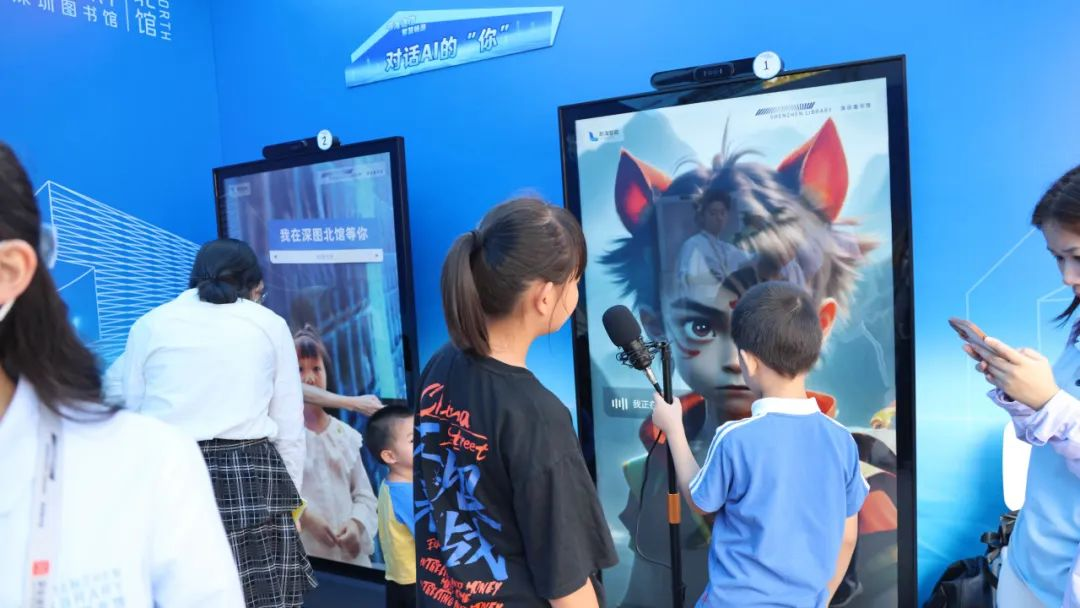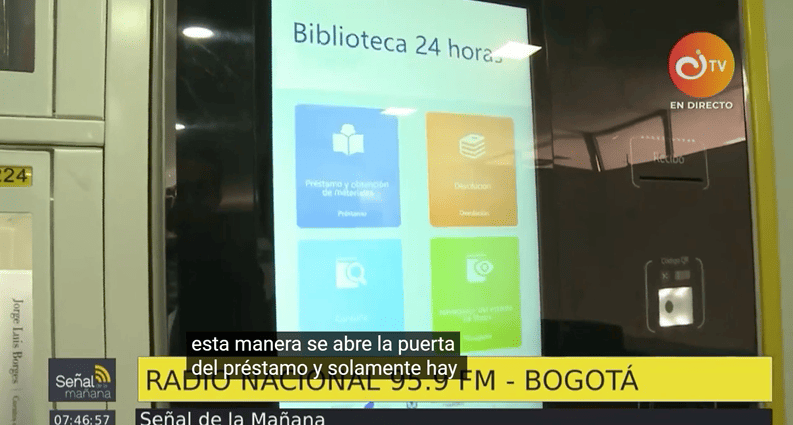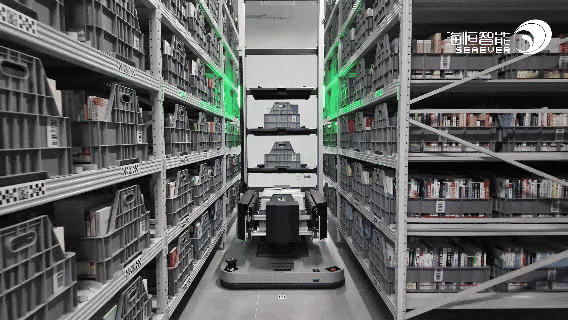In the wave of continuous promotion of smart city construction, the Shenzhen Municipal Bureau of Industry and Information Technology has released the "City + AI" application scenario list (fourth batch), demonstrating a strong trend of deep integration of artificial intelligence technology and urban construction. Shenzhen, this pioneer city of technological innovation, takes this opportunity to once again lead in the field of "AI + public services". As the core hub of cultural dissemination, libraries have become a key position empowered by AI technology and have ushered in a new chapter of intelligent upgrading.
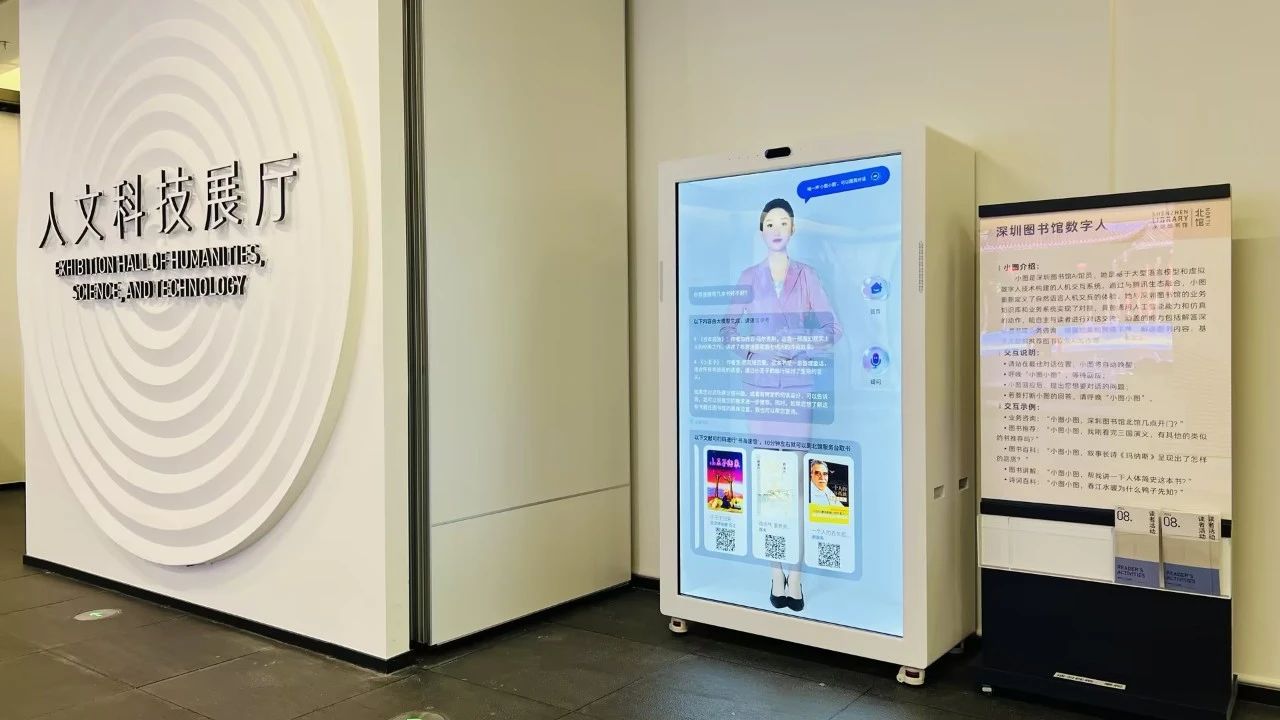
Holographic digital librarian
The "AI Digital Human Holographic Screen" meticulously crafted by Haiheng (Seaever) Intelligence made a stunning appearance in the core area of Shenzhen Library, initiating a brand-new journey of intelligent service experience for readers. This system relies on cutting-edge AI-driven technology. The digital human is presented in a vivid holographic image and engages in natural, smooth, cordial and friendly interactive communication with readers. It has multi-modal output capabilities, integrating diverse service forms such as voice, text, and video into one, fully meeting the personalized needs of different readers. According to estimates, the annual service volume can reach 20,000 to 30,000 person-times, providing efficient and convenient caring auxiliary services for the vast number of readers and becoming an indispensable and important support for the construction of smart libraries.
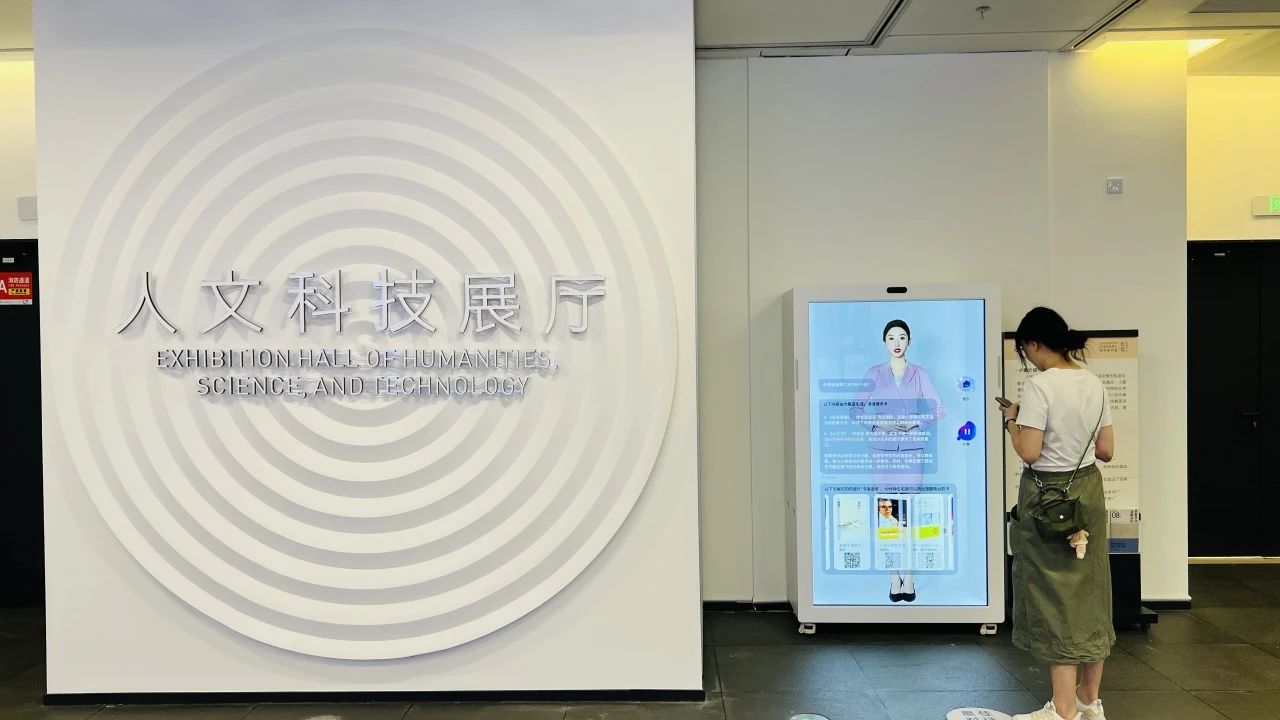
The application scenarios of AI digital humans in Shenzhen Library are extensive and in-depth. In terms of business consulting, with its strong knowledge reserve and intelligent algorithm, it can accurately answer readers' questions. Whether it is book retrieval, activity consultation, or collection query and other issues, it can handle them with ease. At the same time, digital humans are deeply integrated into the library service system, significantly improving cultural communication efficiency through intelligent display means. It seamlessly connects to channels such as telephone hotlines, websites, and WeChat consultations to achieve unified standard question-and-answer services. It also builds an intelligent copywriting platform to help librarians create efficiently and promote the transformation and leap of the library from a traditional knowledge treasure trove to a modern intelligent service platform.
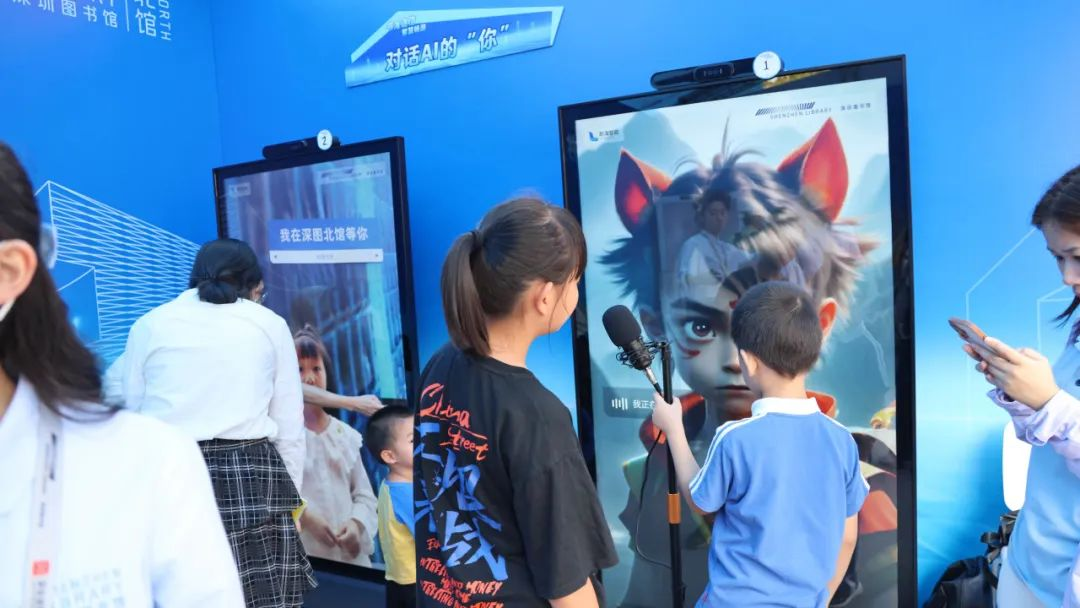
In the details of reader service, digital librarians are even more brilliant. The human-machine interaction system based on advanced big language model and virtual digital human technology is like a super staff of the library. Take the initiative to greet warmly, and combine readers' interests and collection resources to provide personalized reading recommendations. In the book retrieval recommendation link, not only can readers view the co-existing books of the book display, but also give accurate recommendations based on comprehensive borrowing records; with the help of AI visual recognition and big data match, the book borrowing and recommendation function also provides convenience for readers to find their favorite books. The digital expert service focuses on improving the quality and efficiency of reference consultation, allowing readers to interact and ask questions in real time. It uses semantic search and Knowledge Graph technology to conduct in-depth research and learning. Its integration with multiple systems further expands the boundaries of knowledge services such as interlibrary loan and document transfer. Deep intelligent Q & A accurately resolves doubts from massive information, and comprehensively enhances the reader's entry and reading experience.

